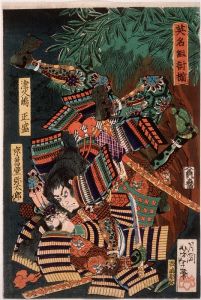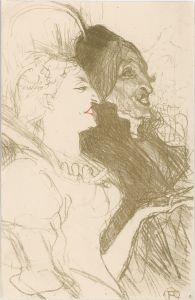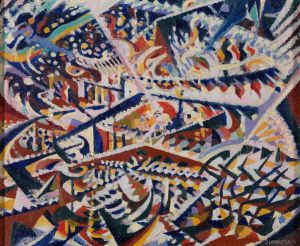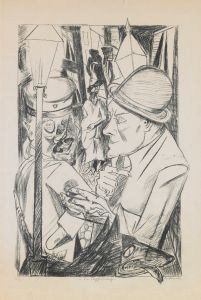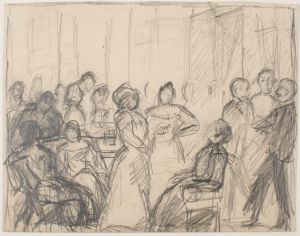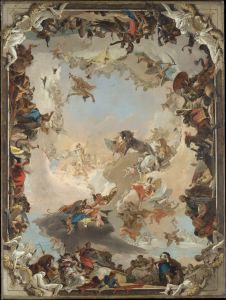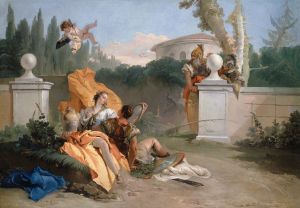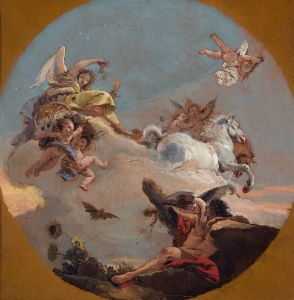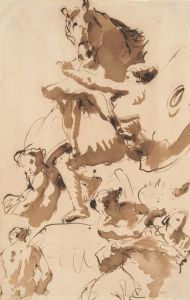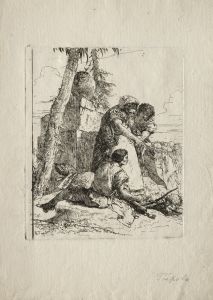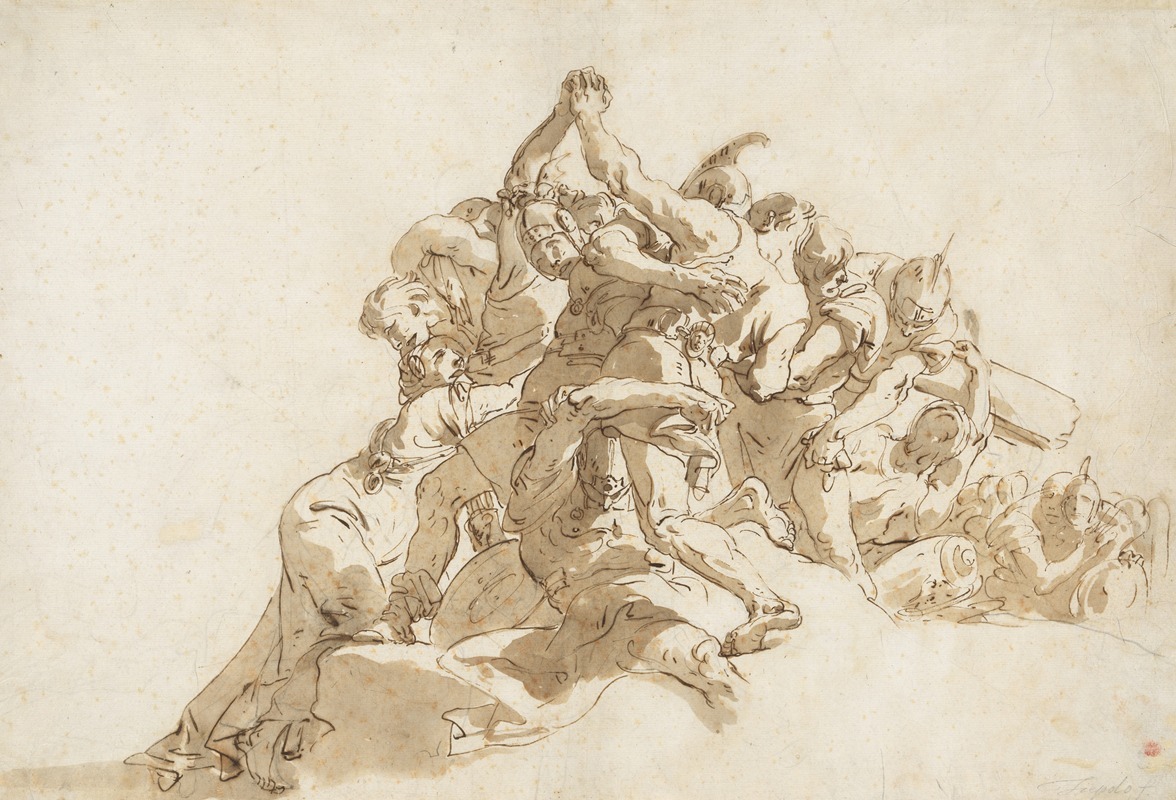
Soldiers Trying to Prevent Two Men From Fighting
A hand-painted replica of Giovanni Battista Tiepolo’s masterpiece Soldiers Trying to Prevent Two Men From Fighting, meticulously crafted by professional artists to capture the true essence of the original. Each piece is created with museum-quality canvas and rare mineral pigments, carefully painted by experienced artists with delicate brushstrokes and rich, layered colors to perfectly recreate the texture of the original artwork. Unlike machine-printed reproductions, this hand-painted version brings the painting to life, infused with the artist’s emotions and skill in every stroke. Whether for personal collection or home decoration, it instantly elevates the artistic atmosphere of any space.
Giovanni Battista Tiepolo's painting Soldiers Trying to Prevent Two Men From Fighting is a work attributed to the renowned Venetian artist, who was active during the 18th century. Tiepolo is celebrated for his mastery of the Rococo style, characterized by its lightness, elegance, and dramatic use of color and composition. While many of Tiepolo's works are grand frescoes and religious or mythological scenes, this particular painting depicts a dynamic and tense moment of human conflict.
The artwork portrays a scene in which soldiers intervene to stop a physical altercation between two men. The composition is marked by Tiepolo's signature use of fluid movement and expressive gestures, which convey the urgency and intensity of the situation. The figures are rendered with a sense of vitality, and the interplay of light and shadow enhances the drama of the scene. The soldiers, dressed in period attire, are shown actively restraining the combatants, emphasizing the theme of order versus chaos.
As with many of Tiepolo's works, the painting demonstrates his skill in capturing human emotion and interaction. The facial expressions and body language of the figures suggest a narrative moment, though the specific context or story behind the scene is not documented. The painting's focus on human conflict and resolution aligns with broader themes in Tiepolo's oeuvre, which often explored the complexities of human behavior.
The exact date of the painting's creation is not definitively recorded, but it is consistent with Tiepolo's mature style, which flourished in the mid-18th century. The medium and dimensions of the work are also not widely documented in available sources. Additionally, the current location of the painting is not specified in major art historical references, and it is unclear whether it resides in a public collection, private ownership, or has been lost to history.
Due to the limited information available about this specific painting, much of its historical and cultural context remains unknown. However, it remains an example of Tiepolo's ability to depict dynamic scenes with emotional depth and technical brilliance, hallmarks of his artistic legacy.





